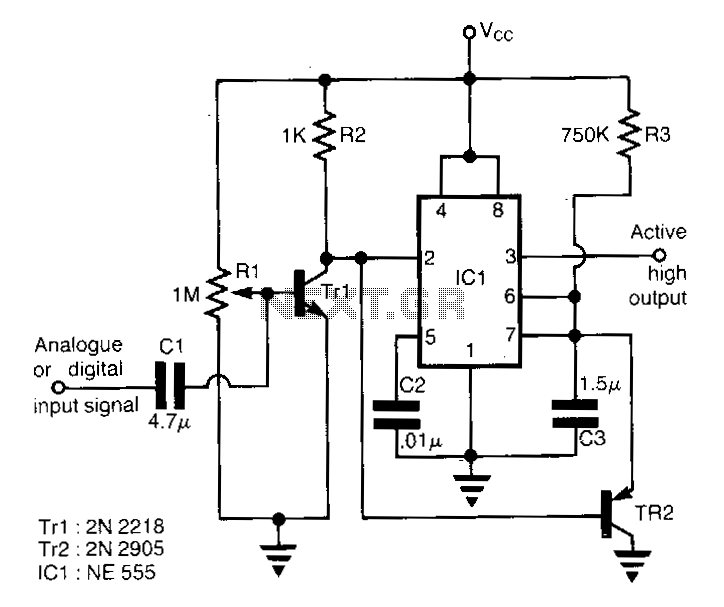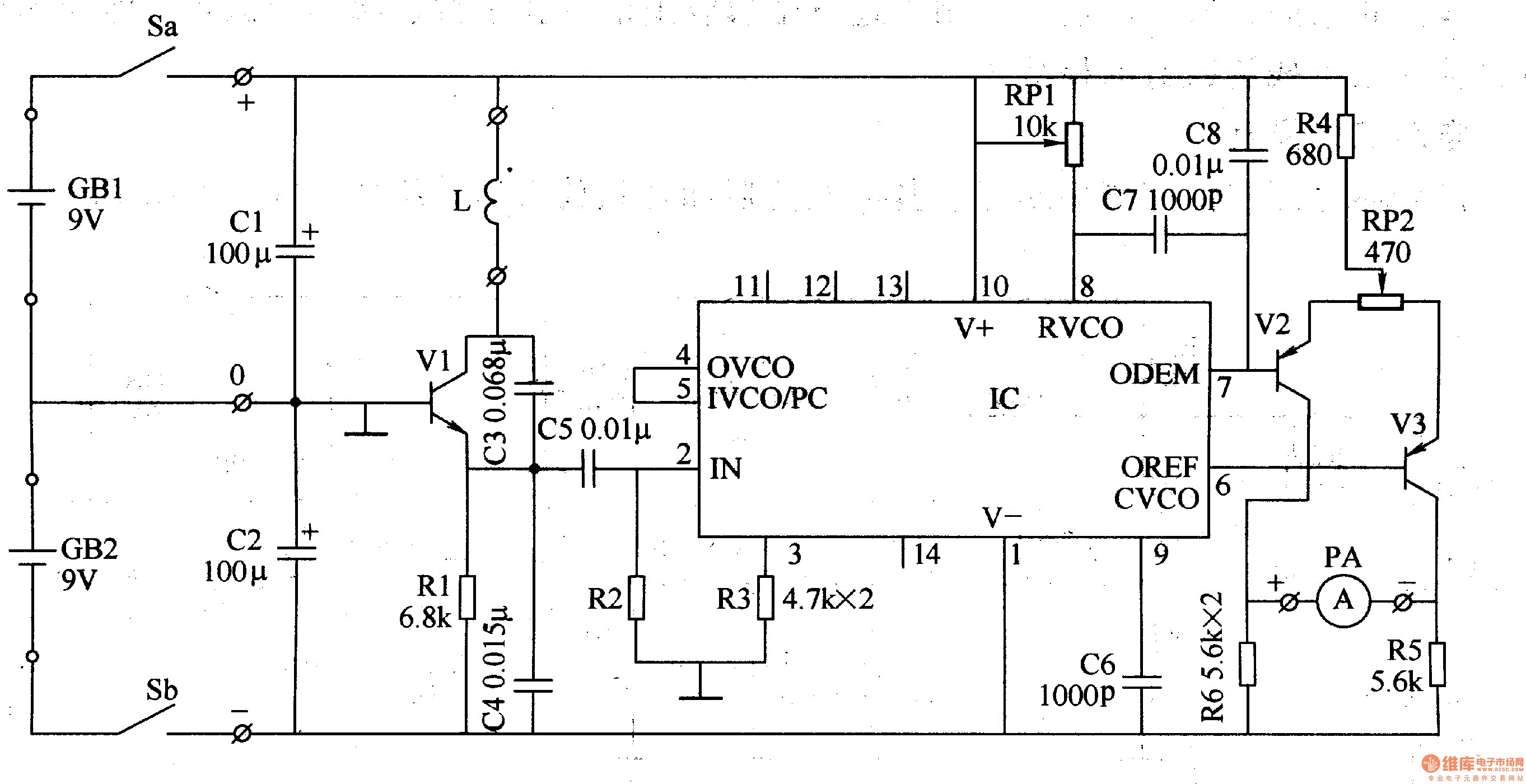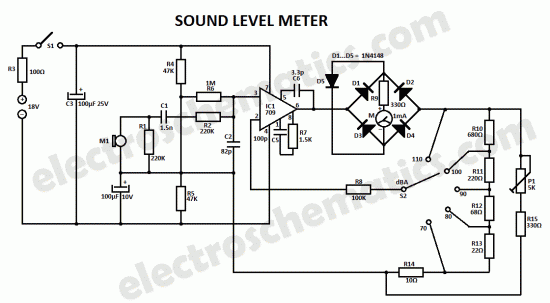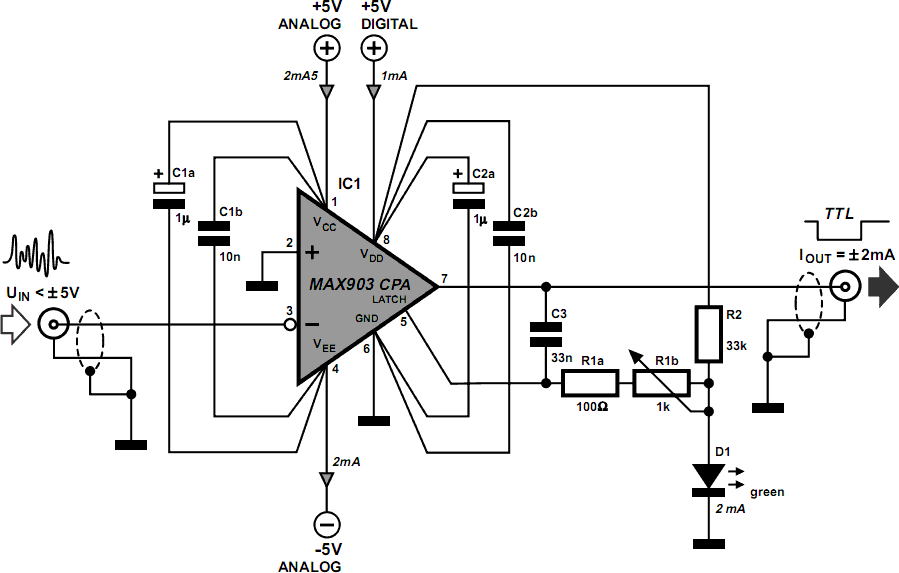
Liquid level detector
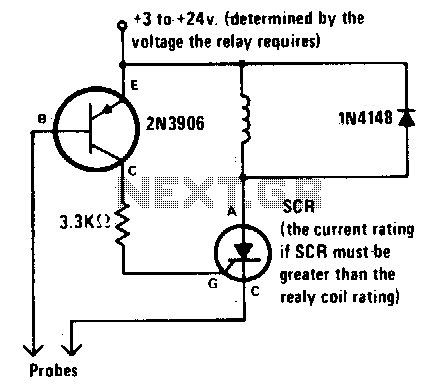
The alarm is activated when the liquid level rises above the probes and remains active even if the level subsequently drops below the probes. This latching mechanism provides an indication that the pre-set level has been reached or exceeded at some point in the past.
The described circuit utilizes a liquid level sensing system that incorporates probes to detect the presence of liquid. When the liquid level exceeds the height of the probes, an electrical signal is generated, triggering the alarm. This signal can be processed by a latching relay circuit, which ensures that the alarm remains activated even if the liquid level falls below the probes after the initial activation.
The latching relay can be implemented using a bistable multivibrator or a dedicated latching relay module. The circuit can include an LED indicator to visually represent the alarm status, providing immediate feedback to the user. Additionally, a reset mechanism should be incorporated, allowing the user to deactivate the alarm once the situation has been addressed.
For enhanced functionality, the circuit can be designed to include an adjustable threshold level, allowing users to set the desired liquid level at which the alarm should activate. This can be achieved using variable resistors or potentiometers in conjunction with the sensing probes.
Furthermore, the circuit may be equipped with features such as a buzzer or horn for audible alerts, and connectivity options for remote monitoring. The design should ensure that all components are rated for the specific environmental conditions of the application, particularly if the liquid being measured is corrosive or conductive.
Overall, this liquid level alarm system provides a reliable solution for monitoring liquid levels in various applications, ensuring that users are promptly alerted to potentially hazardous conditions.Alarm is actuated when liquid level is above the probes and remains activated even if the level drops below the probes This latching action lets you know that the pre-set level has been reached or exceeded sometime in the past.
The described circuit utilizes a liquid level sensing system that incorporates probes to detect the presence of liquid. When the liquid level exceeds the height of the probes, an electrical signal is generated, triggering the alarm. This signal can be processed by a latching relay circuit, which ensures that the alarm remains activated even if the liquid level falls below the probes after the initial activation.
The latching relay can be implemented using a bistable multivibrator or a dedicated latching relay module. The circuit can include an LED indicator to visually represent the alarm status, providing immediate feedback to the user. Additionally, a reset mechanism should be incorporated, allowing the user to deactivate the alarm once the situation has been addressed.
For enhanced functionality, the circuit can be designed to include an adjustable threshold level, allowing users to set the desired liquid level at which the alarm should activate. This can be achieved using variable resistors or potentiometers in conjunction with the sensing probes.
Furthermore, the circuit may be equipped with features such as a buzzer or horn for audible alerts, and connectivity options for remote monitoring. The design should ensure that all components are rated for the specific environmental conditions of the application, particularly if the liquid being measured is corrosive or conductive.
Overall, this liquid level alarm system provides a reliable solution for monitoring liquid levels in various applications, ensuring that users are promptly alerted to potentially hazardous conditions.Alarm is actuated when liquid level is above the probes and remains activated even if the level drops below the probes This latching action lets you know that the pre-set level has been reached or exceeded sometime in the past.

